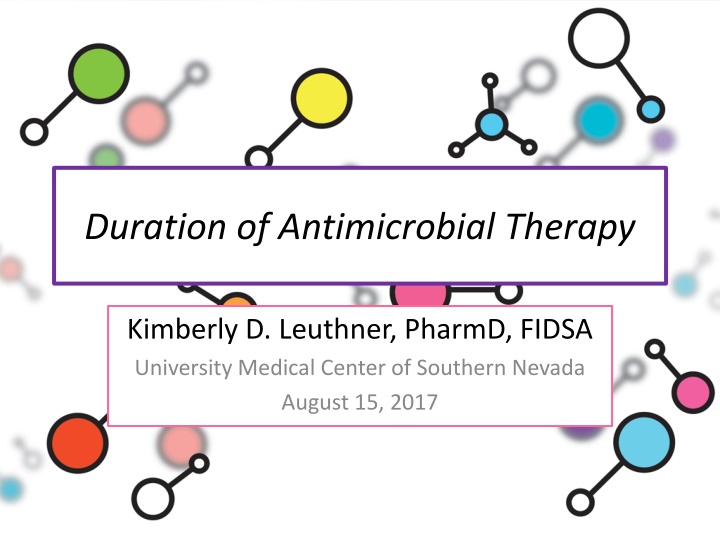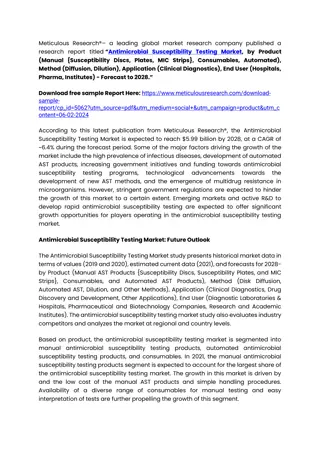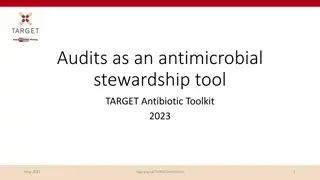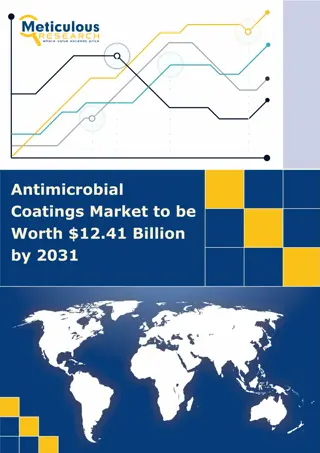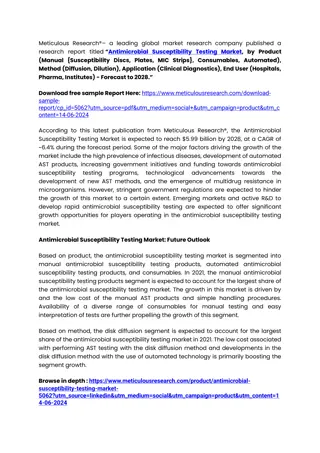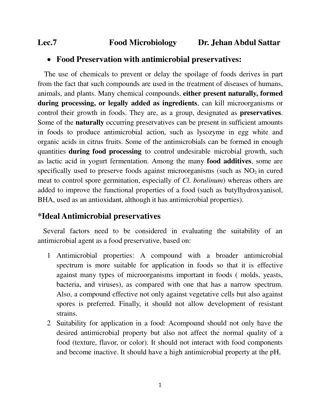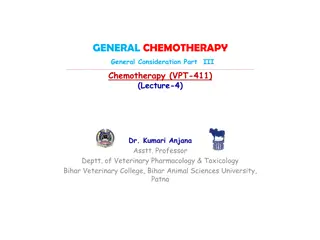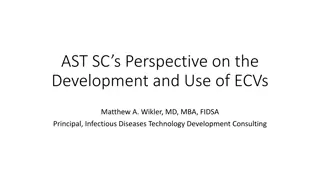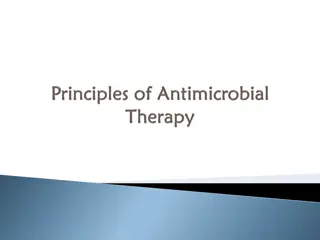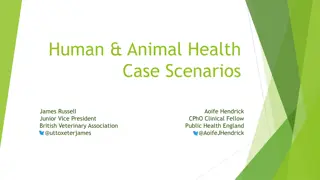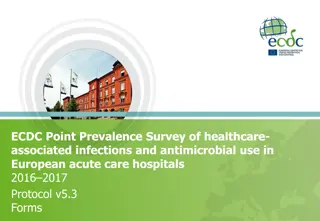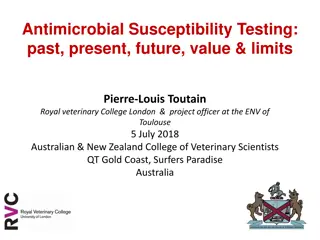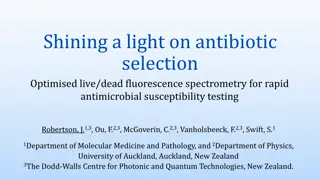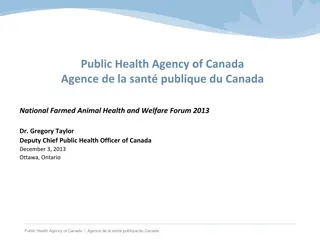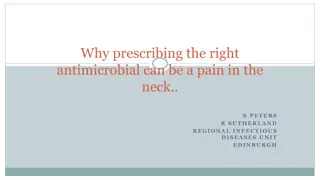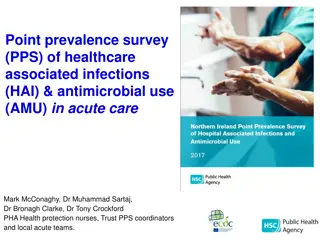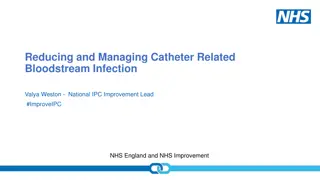Optimizing Antimicrobial Therapy Duration
Strategies to reduce unnecessary antimicrobial therapy, focusing on shorter regimens based on patient response, infection control, and local susceptibility patterns. Discusses specific durations for pneumonia treatment.
Download Presentation

Please find below an Image/Link to download the presentation.
The content on the website is provided AS IS for your information and personal use only. It may not be sold, licensed, or shared on other websites without obtaining consent from the author.If you encounter any issues during the download, it is possible that the publisher has removed the file from their server.
You are allowed to download the files provided on this website for personal or commercial use, subject to the condition that they are used lawfully. All files are the property of their respective owners.
The content on the website is provided AS IS for your information and personal use only. It may not be sold, licensed, or shared on other websites without obtaining consent from the author.
E N D
Presentation Transcript
Duration of Antimicrobial Therapy Kimberly D. Leuthner, PharmD, FIDSA University Medical Center of Southern Nevada August 15, 2017
Objectives Overview Generalized treatment concepts Disease specific Pneumonia Pyelonephritis Intra-abdominal infection Summary
2008 Hospital Drug expenses 2008 Expenditures ($ Thousands) % change from 2007 Drug Expenses Antineoplastics 3,344,742 5.0 Hemostatic modifiers 3,459,980 6.6 Anti-infectives, systemic 3,188,596 7.3 Blood growth factors 2,196,040 -9.6 Hospital solutions 1,697, 024 17.5 Hoffman, JM, et al. Am J Health-Syst Pharm 2010;67:919-28
Unnecessary Use in Hospitals Prospective observational study conducted in adult inpatients over 2 weeks in August 2001 576 (30%) of 1941 total antimicrobial days of therapy (DOT) were deemed unnecessary Most common Reasons for Unnecessary DOT 250 33.3% 200 192 187 150 DOT 100 94 50 0 DOT Longer than Necessary Noninfectious or Nonbacterial Syndrome Treatment of Colonization or Contamination Hecker MT, et al. Arch Intern Med 2003;163:972-78
Duration of Antimicrobial Therapy Among available strategies to reduce use, reductions in length of antimicrobial regimens are the safest and are likely to be the most palatable to practicing clinicians. Rice LB: Clin Infect Dis 2008; 46:491
General treatment duration Issues Duration depends on individual patient response Quicker the response shorter the duration Source control extremely important Drain abscesses Remove lines or urinary catheters Empirical treatment important Need to get it correct up front so knowing local susceptibility patterns vital
CAP: Length of Therapy Minimum of 5 days Before discontinuation of therapy: Afebrile for 48 72 hrs 1 CAP-associated sign of clinical instability Longer duration usually indicated with Legionella, Chlamydophila, MRSA Mandell LA et al. CID 2007;44:S27-72 File TM and Niederman MS. Infect Dis Clin North Am. 2004;18(4):993-1016
CAP: Criteria for Clinical Stability Temperature < 37.8 C Heart rate < 100 beats/min Respiratory rate < 24 breaths/min Systolic blood pressure > 90 mmHg Arterial O2 sat > 90% or pO2 > 60 mmHg RA Ability to maintain oral intake Normal mental status Mandell LA et al. CID 2007;44:S27-72
Duration for CAP Clinical Trial Randomized, multicenter clinical trial to confirm IDSA duration recommendations Intervention group 5 days minimum Stopped when temperature 37.8 for 48h, and 1 CAP stability sign Control group Duration determined by physician Uranga A et al. JAMA Int Med 2016;176(9)1257:1265
Results Uranga A et al. JAMA Int Med 2016;176(9)1257:1265
HAP/VAP guidelines 7 day course of antibiotics Depending upon response of the patient
8 vs. 15d for VAP Randomized, double blind trial for VAP 51 ICUs VAP confirmed by quantitative, BAL culture Randomized to either 8 days vs. 15 days of antibiotics Primary outcomes (at day 28 post BAL) Death (any cause) Microbiological reoccurrence Chastre et al. JAMA 2003;290(19):2588-2598
Probability of survival Chastre et al. JAMA 2003;290(19):2588-2598
Results 8 days (n=197) 15 days (n=204) 18.8% 17.2% Mortality Recurrent infection Antibiotic free days Antimicrobial resistance Recurrence rate: Non- fermenting GNB 28.9% 26.0% 13.1 days 8.7 days 42.1% 62.0% 40.6% 25.4% No difference in outcomes with short course (8-day) treatment Chastre et al. JAMA 2003;290(19):2588-2598
Aspiration Pneumonia Aspiration syndrome vs. chemical pneumonitis Defined for patients intubated for > 48h Temperature 38.5 C or 35.5 C WBC 10,000/mm or 4,000/mm Randomized, prospective observational No differences in mortality, LOS or Empirical antibiotics even with witnessed aspirations not warranted unless clinical syndrome Antibiotics stopped if appropriately obtained cultures negative New infiltrate Purulent aspirate Lascarrou JB et al. Crit care Med 2017;45:1268-1275
Recommendations CAP 5 days Hospitalized patients may need to extend duration until 1 CAP clinical stability marker HAP/VAP Short course (7 days) appropriate for most May need longer duration for non-fermenting gram negatives Aspiration pneumonia Unless clinical signs/symptoms antibiotics not warranted Antibiotics discontinued if cultures negative
Uncomplicated Intra-abdominal Generally involve transmural inflammation of a portion of the GI tract or its appendages No extension of the infection beyond the hollow viscus Microorganisms cannot be cultured from peritoneal or other surrounding fluid If untreated, there is a substantial probability of these infections progressing to a complicated intra-abdominal infection Solomkin JS, et al: Surg Infect 2010; 11:79; Clin Infect Dis 2010; 50:133
Complicated Intra-abdominal Growth of pathogenic microorganisms in a normally sterile region of the abdominal cavity Usually refers to secondary or tertiary peritonitis or an intra-abdominal abscess arising from a perforated viscus: Appendix Colon or small bowel Stomach or duodenum Gallbladder Postoperative Solomkin JS, et al: Surg Infect 2010; 11:79; Clin Infect Dis 2010; 50:133
Guideline recommendations Uncomplicated intra-abdominal infections Surgical interventions and antibiotics 24 h Complicated Intra-abdominal infection 4 to 7 days UNLESS UNABLE to achieve adequate source control Bowel injuries due to penetrating, blunt or iatrogentic trauma 24 hours if repaired within 12h Acute appendicitis without evidence of perforation, abscess or local peritonitis 24 hours Solomkin JS, et al: Clin Infect Dis 2010; 50:133 Sartelli M et al. World Journal of Emergency Surgery 2017;12:22
Why Source Control? Risk factors for mortality in 108 bacteremic patients with intra-abdominal infections. Overall mortality was 27.8% Source control 24h: 74/101 patients (73.3%) Mortality 9.5% adequate source control Mortality 33.3% inadequate source control In the multivariate logistic regression analysis, inadequate source control was highly associated with mortality (P = 0.011) Tellor B, et al: Crit Care Med 2012; 40[Suppl]:680
Duration of Antimicrobial Therapy Prospective trial of 3 vs. > 5 days of antimicrobial therapy in 90 patients with low severity intra-abdominal infections 50% with perforated appendicitis Basoli A, et al: J Gastrointest Surg 2008; 12:592
SIS STOP-IT trial Randomized, open-label trial Control: antibiotics until 2d post SIRS resolution (max 10d) Experimental: antibiotics for 4 days Primary outcome: composite endpoint Surgical site infection Recurrent intra-abdominal infection Death Sawyer R, et al: NEJM 2015;372;21:1999-2005
Results 260 patients control vs. 257 experimental Similar baseline characteristics Similar surgical interventions/source control APACHE II score = 10 Standard (N=260) 4 day (N=257) P value Surgical site infection; n(%) 23 (8.8) 17 (6.6) 0.43 Recurrent intra-abd infection; n(%) 36 (13.8) 40 (15.6) 0.67 Death; n(%) 2 (0.8) 3 (1.2) 0.99 Composite ; n(%) 58 (22.3) 56 (21.8) 0.92 Sawyer R, et al: NEJM 2015;372;21:1999-2005
Time to Primary Outcome Sawyer R, et al: NEJM 2015;372;21:1999-2005
Recommendations Studies support guideline recommendations of shorter durations Certain patients as few as 3 days Most patients between 4 to 7 days Source control is still integral to the treatment of most patients with intra- abdominal infections Duration of treatment without adequate source control not well defined
Guideline recommendations Pyelonephritis 7 days with fluoroquinolone Only if resistance rates < 10% 14 days with TMP/SMX 10-14 days with B-lactam UMCSN outpatient resistance > 25% Guidelines published in 2011 anything new? Gupta K et al. Clinical Infectious Diseases 2011;52(5):e103-120
Ciprofloxacin 7 vs. 14 days Randomized, prospective non-inferiority Sandberg T et al. Lancet 2012;380:484-90
Duration Re-evaluation Meta-analysis of RCT comparing 7 days to longer therapy Not specific for which antibiotics included Primary outcome Clinical failure at EOT longer treatment arm Secondary outcomes Clinical failure at end of follow-up Microbiological failure All cause mortality Resistance development Eliakim-Raz N et al. Antimicrob Chemother 2013;68:2183-2191
End of therapy End of Follow-up
Summary No differences in any outcomes Clinical failure at EOT or EOF Microbiological Adverse events Conclusion Shorter courses for the treatment of acute pyelonephritis appropriate If patient has urogenital abnormalities, longer durations may be warranted Eliakim-Raz N et al. Antimicrob Chemother 2013;68:2183-2191
B-lactams for pyelonephritis Retrospective, non-inferiority, multi-center cohort for cefazolin vs. ceftriaxone Included for clinical signs/symptoms of pyelonephritis Microbiological susceptibilities not required Primary outcome If cefazolin non-inferior to ceftriaxone Hobbs ALV et al. J Antimicrob Chemother 2016;71:1665-1671
No different between groups Hobbs ALV et al. J Antimicrob Chemother 2016;71:1665-1671
Summary Retrospective study No differences clinical response 87.0% cefazolin vs. 85.9% ceftriaxone Cefazolin was non-inferior to ceftriaxone Demonstrates Shorter courses even for B-lactam antibiotics may be appropriate Treatment outcomes were independent of susceptibilities Hobbs ALV et al. J Antimicrob Chemother 2016;71:1665-1671
Recommendations Guidelines suggest 10-14 days Newer studies show shorter duration appropriate 7 days Does not appear to matter which antimicrobial Important to know local susceptibilities to ensure appropriate empirical therapy Duration may have to be extended due to non- response if initial therapy not susceptible Hobbs ALV et al. J Antimicrob Chemother 2016;71:1665-1671
Overall Summary Studies supporting shorter courses regardless of diagnosis Treatment days Short Disease Long Community acquired pneumonia 3 5 7 10 VAP/HAP pneumonia 8 10 15 Aspiration pneumonia 3 7 7 10 Intra-abdominal infection Pyelonephritis 4 10 5 7 10 14 Duration should be individualized to patient response Spellberg, B. JAMA Int Med 2016;176(9)1254:1255
